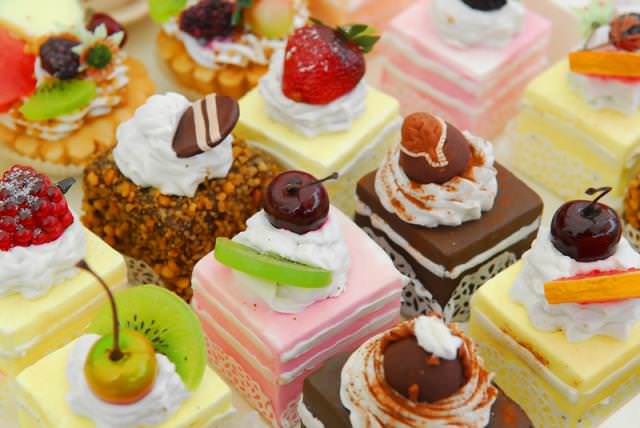Pastry can be quite hard to work with, this is because it can be more temperamental than you think. If you plan to work with pastry, it’s a good idea if you know how it reacts to the environment.
Read this article for ideas as to how you can effectively work with pastry.
Use Soft Flour
If you want to make shortcrust pastry, soft flour is ideal. This is because it contains less protein and will make pastry that’s crumbly. This is what we want because everyone loves crumbly pastry. While you can still use regular flour, you’ll need to make sure that you have a lot of gluten so whatever you’re making looks good. You should, therefore, consider adding some strong bread flour to the regular flour.
Keep An Eye on the Temperature
When you mix your flour with water the granules in the flour start to swell. This allows the gluten to form. Please make sure you keep an eye on the temperature of the water. You should also make sure you only ever use cold ingredients as well as cold equipment. At this stage, it does not matter how hot your bakery ovens are, if your pastry becomes warm you won’t get the results you need.
Using Fat in Your Pastry
When you make shortcrust pastry, you need to add fat to provide the pastry with some flavor. However, flavor is not the only thing that’s affected by fat. The fat that you add coats the flour and ensures gluten is not created. This is why you need to rub the butter into the flour before liquids are added.
Adding and Sugar
When you add sugar to your flour you will protect the flour from any water that you add. This results in less gluten forming, which again, can be great for shortcrust pastry. Try it for yourself and see how good your pastry is if you don’t add sugar. You’ll discover that it isn’t quite the same.
Adding Water Carefully
While you might be tempted to pour all the water you need into your pastry in one go, it can be a mistake. Add your water slowly so that your dough looks a little lumpy but is not crumbly. Make sure you don’t add too much as water because the pastry will become sticky. If you make the mistake of doing this, you will have to add more flour.
Cut the pastry into pieces and toss those pieces into some flour. Work the flour and pastry together so that they come together nicely.
As we can clearly see, pastry can be very temperamental. However, the above tips can help you to make pastry that works well. You might need to have a lot of practice before your pastry is perfect, but you will get there. Be sure to keep an eye on the temperature, and take your time when making pastry no matter what dish it’s for. Great pastry can make a huge difference to any dish.

